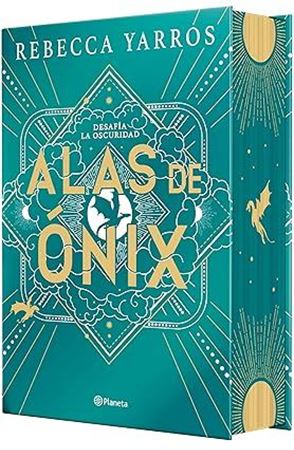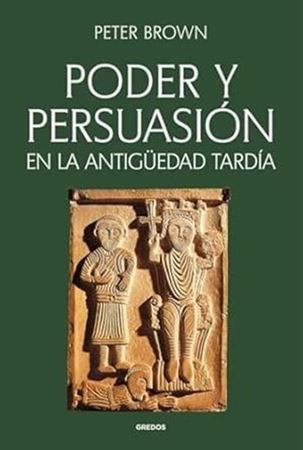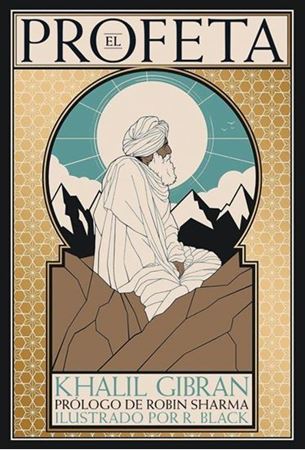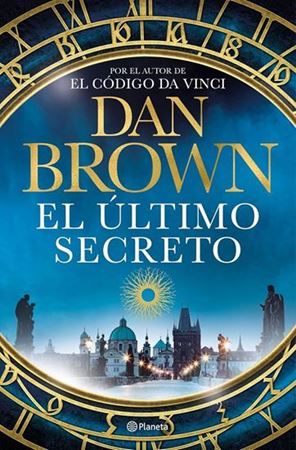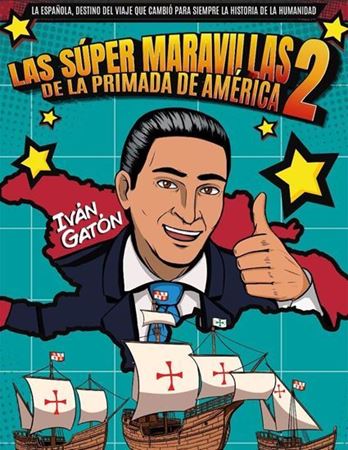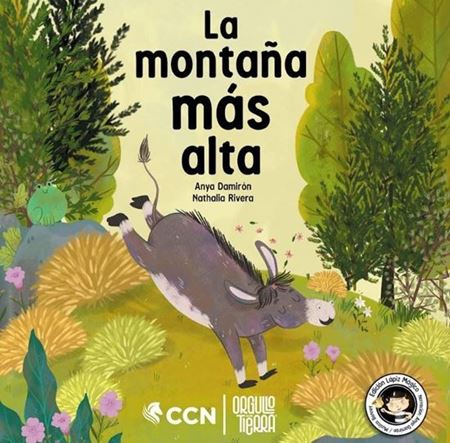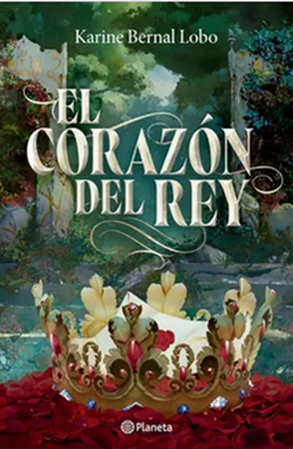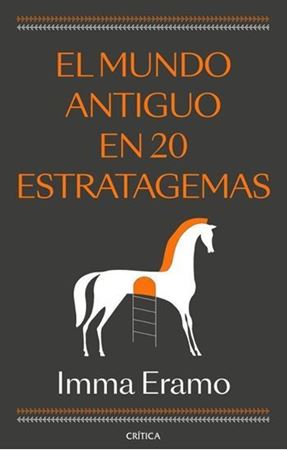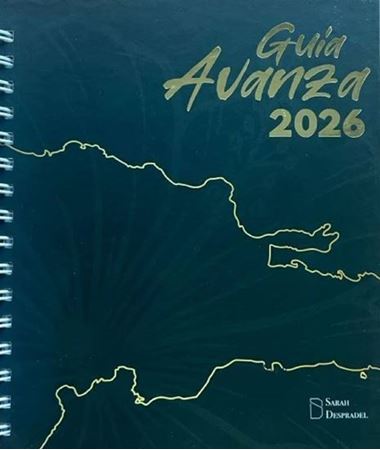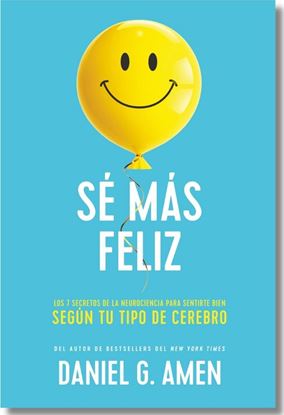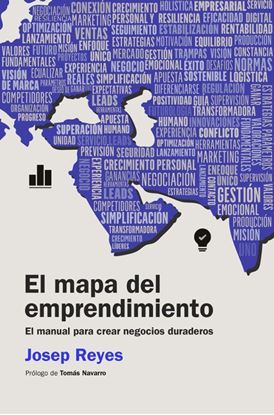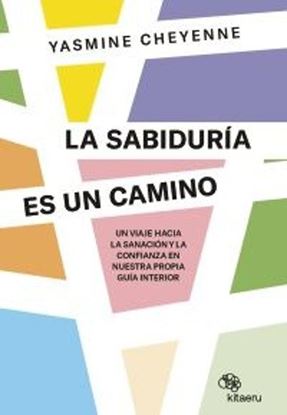

NOVEDADES
LO QUE NOS GUSTABA
Yoshi es un diseñador industrial en busca de su independencia profesional; Burro, un fotógrafo fascinado por los insectos que no para de viajar; Aiko aspira a convertirse en médica mientras lucha contra la ansiedad, y Yōko es una peluquera que despliega su talento en un icónico salón de belleza de Roppongi. Los cuatro terminan conviviendo por casualidad en un piso en pleno centro de Tokio. Pasan el tiempo juntos compartiendo sus sueños, se apoyan en los momentos difíciles y, con el tiempo, surgen dos parejas. Sin embargo, el anhelo por procurar la felicidad ajena siembra, paradójicamente, el sufrimiento. El amor que surge al abandonar el ego comienza a transformarse en crueldad. Ésta es la historia de un grupo de jóvenes en la ciudad Tokio en los años noventa.
1,350
SE MAS FELIZ
La felicidad es una función cerebral, y un cerebro más sano conduce siempre a una vida más feliz. El Dr. Amen, tras analizar más de 200,000 escáneres cerebrales de personas de 155 países, ha identificado cinco tipos principales de cerebro y siete claves neurocientíficas que influyen en la felicidad. En Tú, más feliz, comparte estos descubrimientos y ofrece estrategias prácticas, basadas en la ciencia, para optimizar tu bienestar emocional.
1,350
EL MAPA DEL EMPRENDIMIENTO
Este libro es una hoja de ruta única para emprendedores y empresarios que integra estrategias de negocio y gestión emocional. La perspectiva transformadora de su autor, empresario consagrado, no sólo te dará el conocimiento y la motivación para que te sientas capaz de emprender, sino que te brindará las claves para alcanzar el éxito y equilibrar negocio y vida personal.
A través de la historia de Buin, un joven que se convierte en pirata, Josep Reyes te acompaña por las etapas clave del emprendimiento, desde la concepción de una idea hasta su implementación y expansión. Con relatos y ejemplos prácticos, combina estrategias de negocio con la gestión emocional, fundamental para el éxito.
1,350
TODO LO QUE TE PROMETI
Lía y Beck. Beck y Lía. A pesar de no estar siempre presentes en la vida del otro, Lía sabe que ella y Beck están destinados a acabar juntos. Y no es solo su amistad y la química que hay entre ellos: cuando la madre de Lía era adolescente, una pitonisa predijo que su hija se enamoraría del hijo de su mejor amiga. Lía y Beck han estado destinados el uno al otro desde entonces, o eso creían.
Cuando una tragedia acaba con la vida de Beck, Lía no sabe qué hacer. La predicción de su madre lo era todo. Si estaba destinada a estar con Beck, y ahora él no está, ¿qué se supone que tiene que hacer? ¿Podrá recuperarse su corazón de esta pérdida, e incluso encontrar un nuevo amor?
1,350
LARGA VIDA A LAS REINAS
La conocida nutricionista de Instagram @hablandodenutricion, nos da las claves para ir cumpliendo años de forma saludable, con energía y viéndonos atractivas y radiantes.
Nunca es tarde para sentirte y verte mejor.
Es obvio que no podemos ser jóvenes siempre, pero sí sentirnos vitales y envejecer con energía y salud. Aceptar este proceso y entender que podemos controlarlo es vital para llegar a conseguirlo.
La menopausia es el catalizador del envejecimiento en la mujer por lo que debemos tener especial cuidado. Desde la importancia de la nutrición y el descanso hasta estrategias para sentirnos radiantes y saludables, esta obra nos muestra paso a paso los hábitos que realmente importan, sin caer en fórmulas mágicas ni en estándares de belleza inalcanzables.
Con un enfoque en la salud hormonal, la energía, la fuerza y la autoestima, aquí encontrarás consejos prácticos y adaptados a la vida cotidiana para mejorar el peso, el descanso, la piel y el bienestar mental.
1,350
LA SABIDURIA ES UN CAMINO
Cada uno de nosotros caminamos por nuestra propia senda y es un camino difícil: divorcios, cambios de trabajo, dolor o un cambio trascendental en nuestra vida. Estos capítulos de nuestra vida pueden hacernos sentir perdidos y sobrepasados, pensando en cómo hemos llegado a este punto. En la mayoría de las ocasiones, las respuestas que nos damos nos hacen sentir, o bien atascados en nuestro periplo vital o atrapados en la vergüenza. Nos sentimos incómodos con la incomodidad que la vida inevitablemente produce.
Existe, sin embargo, la posibilidad de que dejemos que estas preguntas despierten nuestra curiosidad, una curiosidad que nos animará e inspirará a seguir avanzando, paso a paso, hasta llegar a la otra orilla destino de nuestro viaje.
1,350

